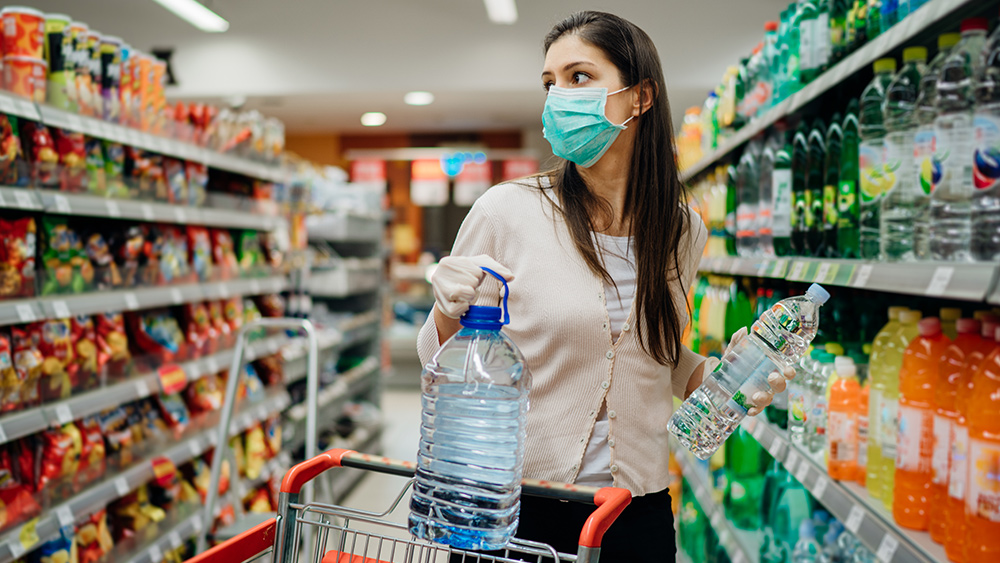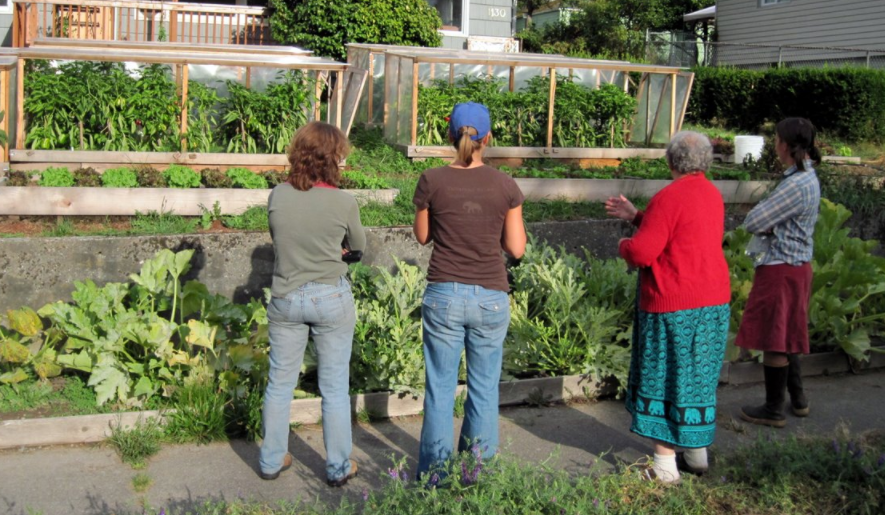
Advertisement
Lockdown policies throughout the country are keeping most people inside their homes, to help curb the spread of the coronavirus.
As a prepper, you should have enough food in your stockpile to last you for at least a month.
Besides food and survival gear, you’ll need clean water for drinking, cooking, cleaning and other tasks. You’ll also need to provide enough water for yourself and your family for a long-term survival scenario like a pandemic.
Even though you currently have running water at home, you must make the necessary preps in case of water service outage in your area.
Water filters and purifiers
When storing water long-term, it’s important to have water filters and purifiers at home. Stock up on supplies such as:
- Water filters (e.g., personal filters and water filter systems)
- Water purifiers
- Water treatment tablets/drops (e.g., chlorine, chlorine dioxide and iodine)
When storing water for your stockpile, avoid using containers made of polyethylene terephthalate (PET) that can leach bisphenol A (BPA), a known hormone disruptor, into the water.
Exposure to BPA is linked to health issues like heart disease and reproductive disorders.
Water storage options
Urban preppers face certain challenges when setting up supplies, such as limited storage space. Detailed below are water storage options for preppers, whether you’re living in the city or a homestead in a remote location.
Store-bought bottled water
Bottled water is a popular water storage solution for many preppers since they can easily stack cases or boxes of bottled water to maximize storage space. However, this isn’t the best option if you want to save money on your preps.
To save money, take advantage of sales and buy from big-box chain stores.
Always check if the plastic bottles are BPA-free when buying supplies for long-term storage. Rotate your stockpiled water every eight to 12 months. (Related: 13 Healthy and inexpensive foods to stockpile during the coronavirus outbreak.)
Multi-gallon jugs
Multi-gallon water jugs are cheaper than bottled water, but they’re bulkier and harder to stack.
Because most gallon jugs are made of clear plastic, you will have to deal with algae growth when storing supplies long-term.
Bathtub containers
Water containment systems like the WaterBOB are also popular with preppers and survivalists. A WaterBob is a bathtub-sized food-grade plastic container that fills a whole tub so you can store about 100 gallons of tap water.
Water barrels
Water barrels with added manual pumps are another great option for water storage. Protect your water barrels with 55-gallon plastic bags made from opaque plastic that are BPA-free and UV-resistant.
On average, two barrels can provide a month’s worth of water for a family of four. One downside is that these barrels are heavy and hard to move once filled with water.
Rain barrels
Make sure you always have access to water in your homestead by setting up rain barrels. Check if doing so is legal in your area since the practice is illegal in some states.
Rainwater from barrels can be used for cleaning and other chores that don’t require purified water, like watering your vegetable garden.
Note that rainwater from roofs made of asphalt, concrete, steel and wood may contain a high concentration of copper, lead and other dangerous metals. Additionally, asphalt shingles may contain small amounts of benzo[a]pyrene, a known carcinogenic compound.
Water cisterns
If you have the funds, you can prep a large cistern tank on your property. A water cistern can hold at least 10,000 gallons of water. Used sparingly, this can last for about three years.
However, most cisterns are not food-grade. The water must be thoroughly filtered before you can drink it.
Useful tips for storing and acquiring water
To ensure that your water stockpile is safe to drink when SHTF, store it properly and protect it from contaminants.
Algae, bacteria and chemicals can ruin your stockpile within days. Make sure your water doesn’t get contaminated by storing it in sealed and air-tight, opaque containers.
Don’t open the containers unless you plan to use the water. Store water containers in a cool place where temperatures don’t fluctuate.
If you’re using tap water to supplement your stockpile, you don’t need to treat it with iodine or chlorine since tap water should be already treated. To make sure that the water is clean, add 1/8 teaspoon of chlorine per gallon of water before you seal your containers.
Water stored for long-term survival will lack oxygen, giving it a flat taste. To address this, stir the water a bit before drinking to aerate the water.
When in doubt, boil water or use a UV water purifier to make it safer for consumption. Never drink water that has questionable quality.
Whether you’re facing a long- or short-term survival scenario, you’ll need clean water in your survival stockpile. Before things get worse during the coronavirus pandemic, set up the necessary preps so your family has access to clean water.
Unlike food storage, planning ahead for water storage solutions is cheaper. Don’t wait until SHTF to set up a clean water supply for yourself and your loved ones.
Sources include:
Advertisement
Advertisements
















